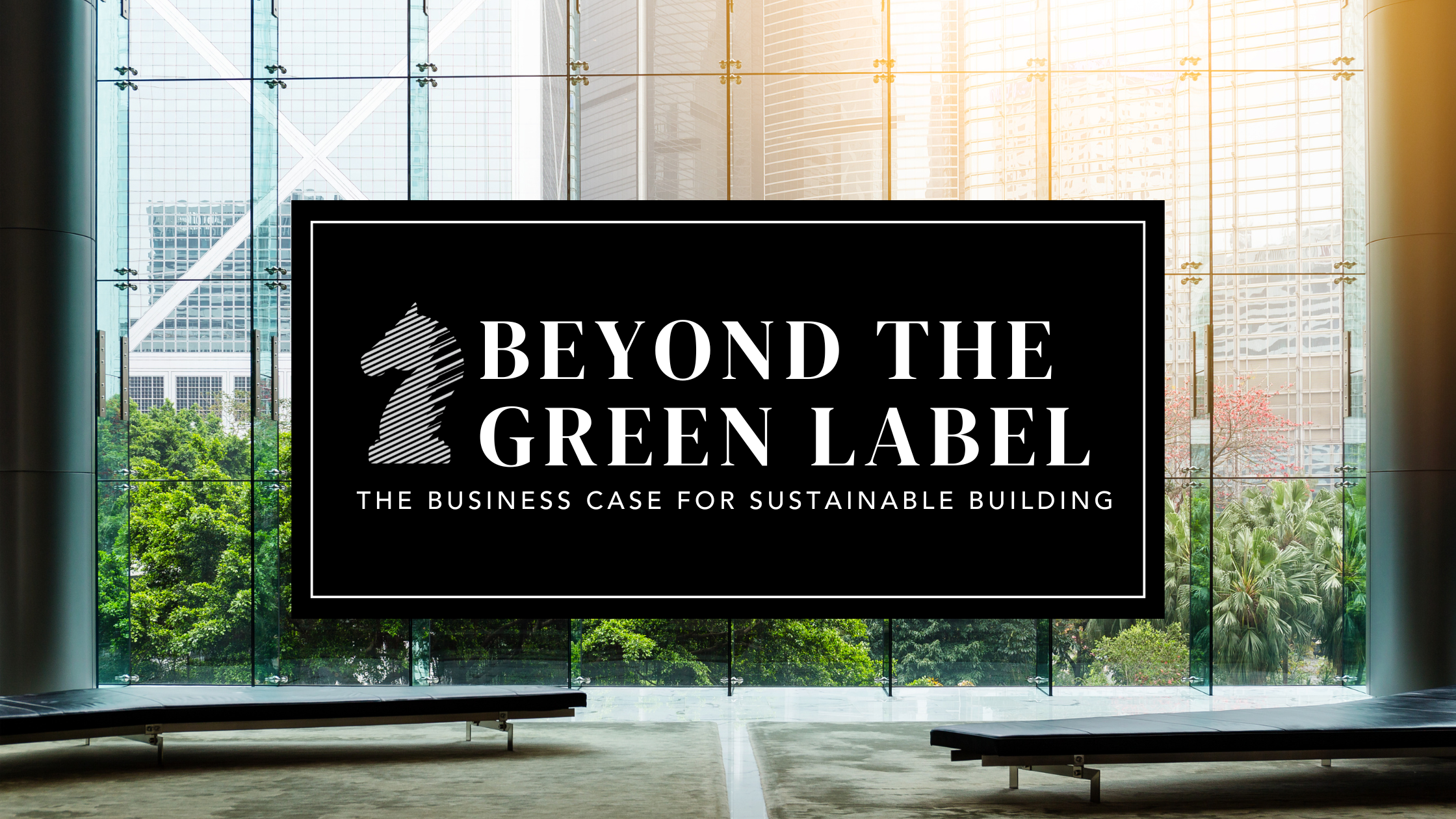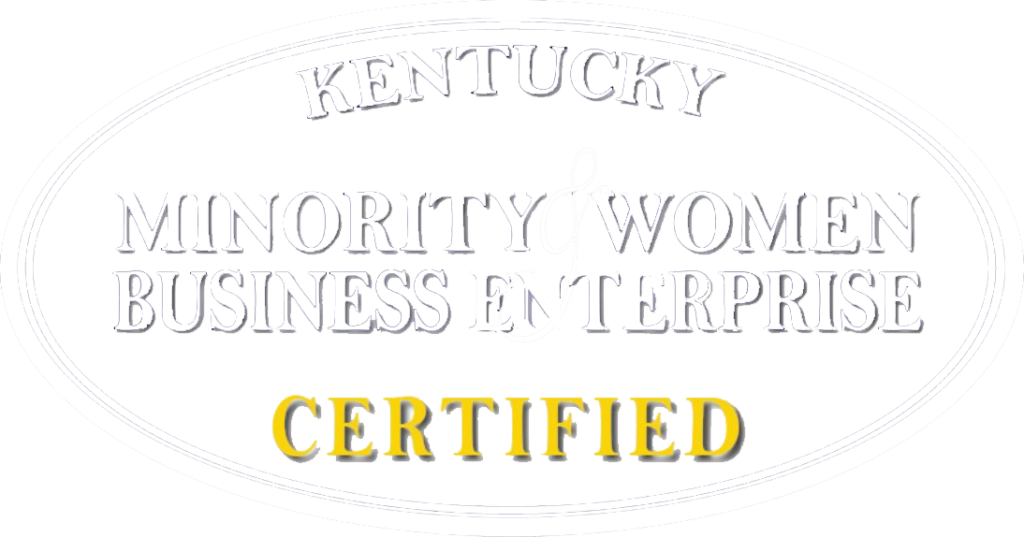By Candice Rogers, Paladin, Inc.

When clients ask me about sustainability in building projects, I often hear an undercurrent of skepticism. There’s a lingering perception that “green building” is either a regulatory burden or a feel-good marketing exercise. After decades in this industry, I can tell you that neither view fully captures the reality of what sustainability means for modern construction and operations.
Let’s start with a fundamental truth: excellent operations mean resource economy. Look at any top-performing company in the Fortune 1000, and you’ll find an organization laser-focused on eliminating waste and optimizing resources. That focus isn’t driven by environmental activism – these companies are anchored in sound business practice. So, in reality, the question isn’t whether successful companies embrace sustainability; it’s whether their sustainability mindset helped drive their success.
In my experience with truly successful organizations, the answer is clearly yes. When organizations view sustainability as integral to their mission rather than a bolt-on feature, it shows in their facilities and on their bottom line. For example, our team has worked with fast-food chains that achieved 54% below baseline energy usage because they understood its impact on the profitable sale of hamburgers. They reached that level by meticulously testing kitchen hood operations to find the optimal point on their fan curves and getting those specifications approved. While that certainly has an environmental implication, it’s just smart business.
BETTER INFORMATION FOR BETTER OUTCOMES
As the conversation about sustainability has advanced over the years, the biggest impact on its attainment is our continually improving ability to predict, measure, and verify these efficiencies. Our industry has now established standardized units of measure across the entire building lifecycle, from embodied carbon in construction materials to operational emissions to end-of-life considerations. Using CO2 equivalents as a common metric, we can evaluate everything from concrete production energy costs to year-10 utility usage to transportation emissions for building materials. Those numbers add up.
This matters because it allows us to make data-driven decisions. When my team evaluates options as part of a project team, we look at multiple variables: first cost, operational cost, speed, resource availability, and emissions impact to name a few. Adding emissions as a variable doesn’t override other considerations – it completes the picture of what makes a sound business decision.
THE CODES ARE KEY
Even as we prove the efficacy of our techniques and help building owners achieve economic efficiencies, they are still subject to building codes that are growing more stringent by the day, regardless of which direction the political winds blow. State and municipal codes continue to raise standards for building performance, pressuring building owners to continue their sustainability efforts. While you might expect to see fewer buildings pursuing green certifications purely for marketing purposes, the fundamental requirements for efficient design keep advancing.
THE HUMAN – BUILDING INTERFACE
But perhaps the most compelling case for sustainable design comes from the human element. We’re seeing a revolution in how buildings support their occupants’ wellbeing and productivity. Take universities dealing with student burnout in medical programs, or manufacturers optimizing their facilities for worker comfort and efficiency. The old model of windowless concrete boxes with double-loaded corridors is giving way to designs that consider natural light, air quality, and human interaction patterns.
This isn’t just about comfort – it’s about function. A building that makes people miserable is a building that fails at its primary purpose, regardless of its energy efficiency. When we understand a project’s “story” – what the building needs to achieve for its owners and occupants – the appropriate sustainability strategies reveal themselves naturally.
That doesn’t mean some organizations don’t treat sustainability as an afterthought, checking boxes for LEED points or implementing corporate mandates without internalizing resource management into their design process. A piecemeal approach might lead someone to implement an efficient HVAC system without considering its interaction with wall construction, roof insulation and associated materials. We’re happy to help them see that broader context as they work to make sustainability part of their DNA.
But here’s the reality: fifteen years ago, sustainability might have been a bolt-on feature. Today, if it’s not integrated into your entire design and construction process, you’re just barely meeting code. The most successful projects I’ve seen are those where the owner’s mission drives sustainable decisions, whether that’s a local university competing with Ivy League institutions or a manufacturer optimizing their operational footprint.
MISSION DRIVEN BUILDINGS PREVAIL
My advice to building owners and decision-makers is simple: start with your mission. Ask yourself, “What’s the story our building needs to tell?” Define what success looks like for your organization. When those answers are contemplated as part of an evolving worldview, sustainability becomes less about checking boxes and more about achieving essential goals efficiently and effectively. Certainly, use the available data and metrics to verify your direction, but let your organizational mission guide your sustainability strategy.
At the end of the day, the future of construction isn’t about choosing between profitability and sustainability – it’s about recognizing that they’re increasingly the same thing. The tools, technologies, and knowledge exist to create buildings that serve their occupants, respect their environment, and deliver strong returns on investment. The question isn’t whether to embrace sustainability, but how to implement it in a way that advances your organization’s goals.





